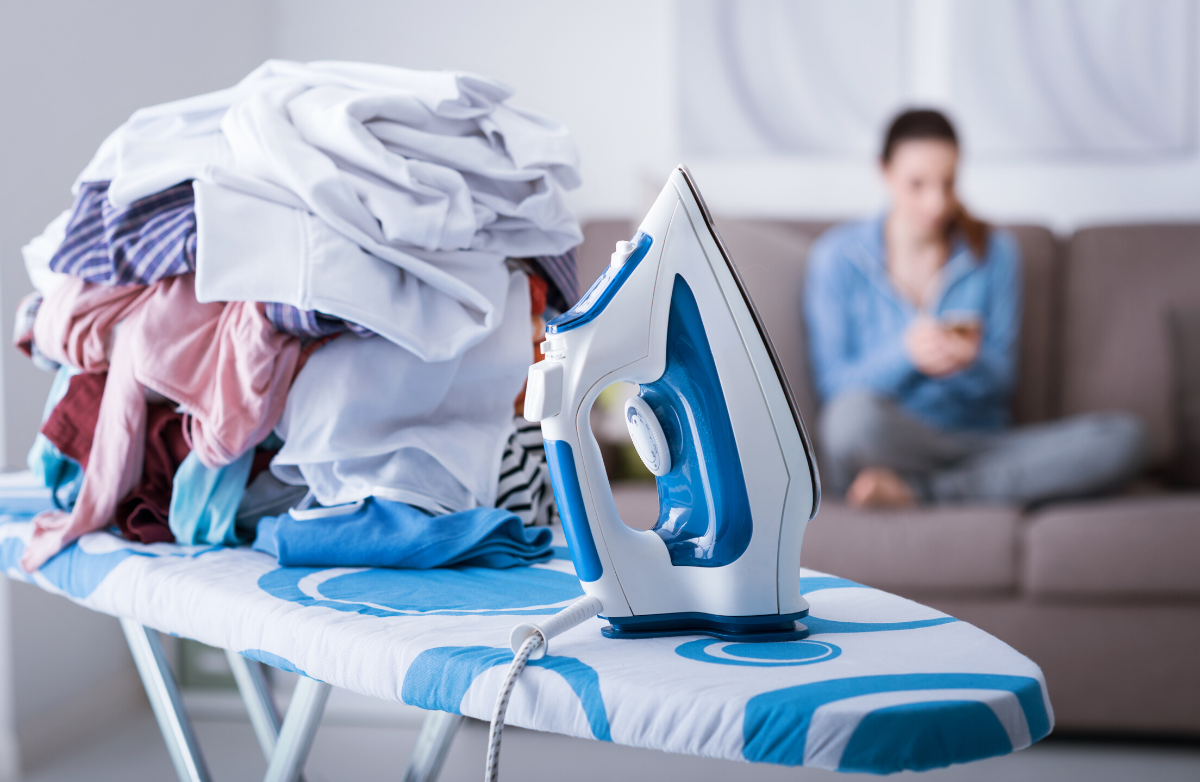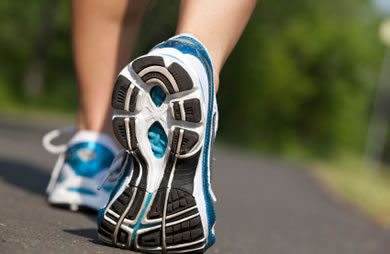|
When your activity of choice involves running, walking, hiking or otherwise propelling yourself forward, choosing the right shoes could be the single most important factor in making sure your exercise program starts off on the right foot. In choosing the perfect shoes, you may have visited a specialty store, consulted with an expert and shelled out more money than you’ve ever spent on footwear before, all of which adds up to a sizable time and cost investment in your health and fitness goals. However, once you’ve purchased the perfect shoes to pound the pavement (or the treadmill), it’s important to take steps to protect your investment. We asked some experts to share their tips for cleaning, caring for and protecting what constitutes the foundation of your workouts. To Wash or Not to Wash?If you’ve ever tossed a pair of muddy running shoes in the washer, you might have found that they came out clean, but never quite fit the same. Jason Karp, running trainer, author and owner of Run-Fit, says you should never put running shoes in the washing machine or dryer, as that can ruin the shock-absorbing materials in the shoe, not to mention the shape. If you must clean your running shoes, Brett Rubin, store manager and running expert at Jackrabbit/Bob Roncker’s Running Spot, says it’s best to use warm water and mild soap. “Most shoes have liners that you can take out and hand wash,” he says. After running in very hot, humid conditions, running coach Kyle Kranz has been known to go straight from outside into the shower, shoes and all. “When you train in conditions where your shoes get saturated with sweat, there's nothing you can do to better ward off stench than to shower with them,” he says. The Right Way to DryWhat should you do if you get caught in a rainstorm halfway through your running route? First off, resist the urge to toss those sopping-wet sneakers into the damaging dryer. Karp says it’s best to simply air-dry, but to remove the inserts first so they dry more quickly. Another trick of Rubin’s to help shoes dry faster is to stuff them with newspaper to absorb more moisture. Also, he recommends loosening the laces to open up the shoes. Eliminating Stinky Feet SyndromeAfter a few sweaty running sessions or a thorough rain soaking, running shoes can take on an unpleasant odor. Before you banish them to the doorstep for good, try these strategies for freshening up your sneakers. Rubin uses a product called StinkFree by 2Toms to get the stink out of shoes. And to help prevent the funk in the first place, he suggests wearing wicking socks (made from polyester or a synthetic fabric) instead of cotton. “Cotton is like a towel and stays wet, which can not only stink but could cause blisters,” he says. Karp also suggests sticking some shoe deodorizers inside your shoes in between runs. When It’s Time to Say GoodbyeEven with all the proper care and maintenance, every pair of shoes will eventually run its last mile. How do you know when it’s time to tell your sneakers to hit the road? Karp’s rule of thumb is when you notice that you can feel little pebbles or debris underneath your feet while running, it’s probably time to trade in your trainers. He says that most running shoes have a shelf life of around 300 to 500 miles. Track your mileage so you’ll know when to start watching for warning signs. To help extend the life of your running shoes, Rubin suggests investing in two pairs and rotating them between runs. “Your feet will hit different pressure points each time you use a different shoe, which means they’ll wear down slower and you’ll get more use out of them,” he says. It’s best to wear the older pair on the shorter runs—as you start to feel the ground more under your feet, and perhaps some aggravation in your feet and knees, you’ll know it’s time to hang up that pair for good. Kranz agrees that rotating footwear throughout the week can extend how many miles you can run in each pair. “This has nothing to do with the shoes, but more to do with your feet not adapting to a single pair,” he says. “If you only run in the same pair, over time your supination and pronation will become exaggerated with every footstep due to the wear on the shoe sole. But if you're constantly running in a different pair of shoes, you're not exposing your feet to that same exaggerated foot movement.” There is even some research to suggest that this variation in training can be a protective mechanism against injury. Also, says Kranz, when you have a couple pairs of shoes in your rotation, it becomes easier to retire a worn-out pair—so you don't have to quit them cold turkey, as you’ll have another pair at the ready with half or a third of the mileage of the older pair. |
Popular EntriesRelated Entries
More From SparkPeople |

.jpg)




















.jpg)
